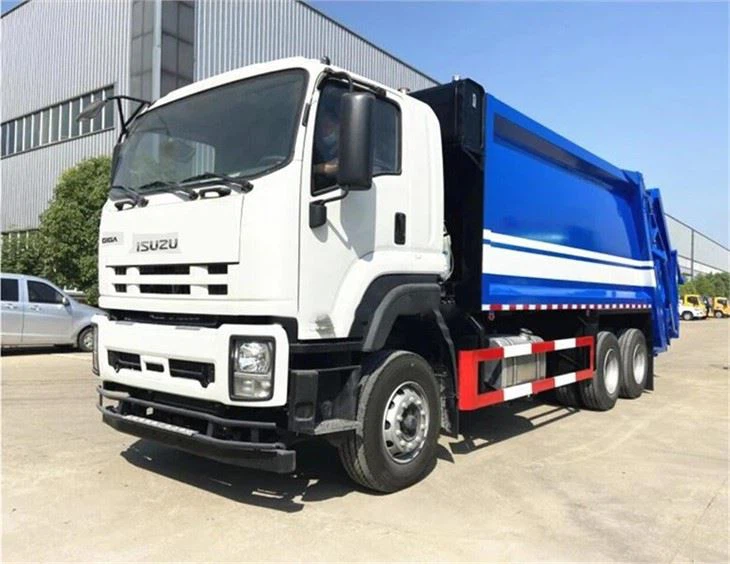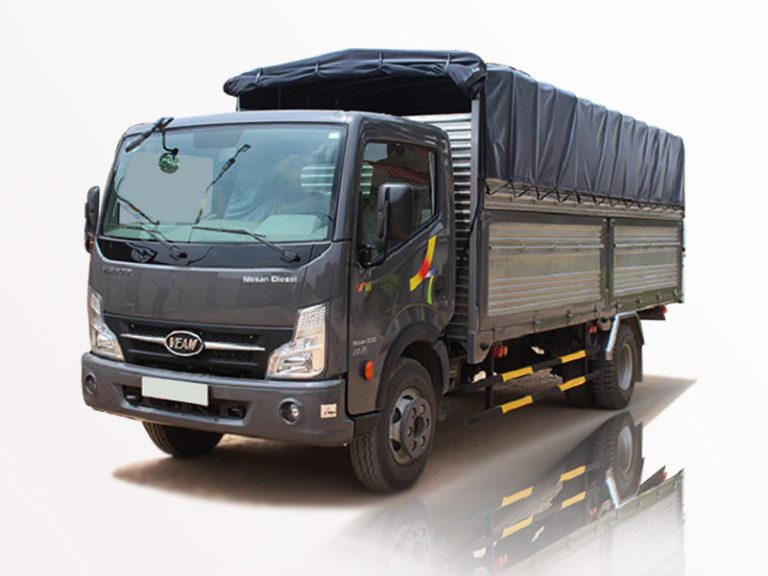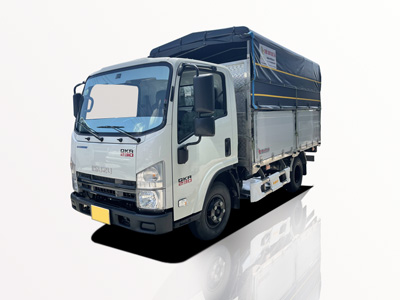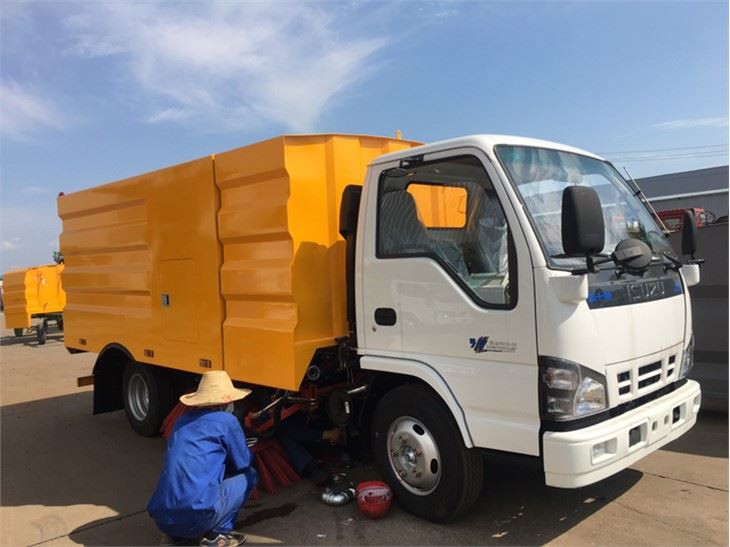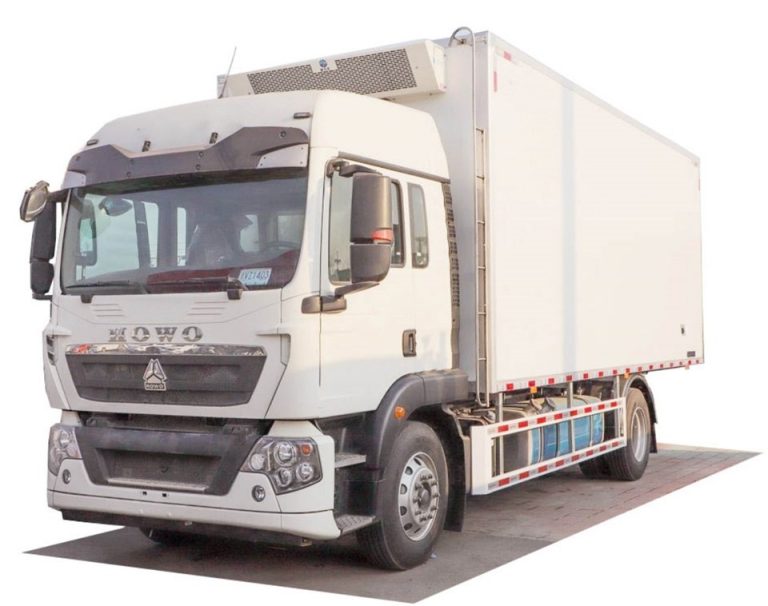The miniature fire engine, often a beloved toy for children and a collectible item for enthusiasts, has a rich history and a variety of applications. From serving as a loyal companion during playtime to acting as a centerpiece in adult collections, these tiny vehicles symbolize bravery and heroism. This article delves deep into the fascinating world of miniature fire engines, exploring their history, types, benefits, and tips for collectors and parents.
Table of Contents
- 1. History of Miniature Fire Engines
- 2. Types of Miniature Fire Engines
- 3. Benefits of Miniature Fire Engines
- 4. Collecting Miniature Fire Engines
- 5. Play Ideas with Miniature Fire Engines
- 6. Tips for Parents When Choosing Miniature Fire Engines
- 7. Frequently Asked Questions
1. History of Miniature Fire Engines
The history of miniature fire engines traces back to the early 19th century when the popularity of fireman-themed toys began to surge. These toys were designed to educate children about fire safety while simultaneously providing them with a tool for imaginative play.
Early Designs and Materials
Originally, miniature fire engines were crafted from wood, with intricate details that mimicked their full-sized counterparts. As manufacturing techniques evolved, materials shifted to metal and plastic, allowing for enhanced durability and design capabilities.
Transition to Collectibles
In the 20th century, many toy manufacturers began producing miniature fire engines as part of their standard offerings. Over the decades, these toys transformed into valuable collectibles, with certain models fetching high prices at auctions.
2. Types of Miniature Fire Engines
Miniature fire engines come in various styles and specifications. Understanding the different types helps enthusiasts and parents make informed choices.
Die-Cast Models
Die-cast miniature fire engines are highly detailed and made from a mixture of metal and plastic. They are primarily used for display and can often include features like opening doors and working ladders.
Popular Brands
- Matchbox
- Hot Wheels
- Tomica
Plastic Toy Models
These models are lightweight and often more affordable. They are designed primarily for younger children and may not have as many intricate features as die-cast models but are typically more durable and safe.
Examples of Popular Plastic Models
- Fisher-Price Fire Engine
- LEGO City Fire Station
- Playmobil Fire Engine
Remote-Controlled Fire Engines
For tech-savvy children, remote-controlled miniature fire engines provide an interactive play experience. These vehicles can be maneuvered with a remote, adding a layer of excitement. They often include lights and sounds for realism.
3. Benefits of Miniature Fire Engines
Miniature fire engines serve more than just a recreational purpose; they offer a range of developmental benefits for children.
Encouraging Imaginative Play
Playing with miniature fire engines allows children to engage in role-playing, which fosters creativity and imagination. Kids can enact scenarios where they are the heroes saving the day from fire emergencies.
Teaching Fire Safety
These toys can be effective educational tools, teaching children about fire safety and the importance of firefighters in our communities. Parents can use playtime as a chance to instill these vital lessons.
Helping with Motor Skills Development
Manipulating miniature fire engines improves fine motor skills as children learn to grasp, move, and control the vehicles.
4. Collecting Miniature Fire Engines
Collecting miniature fire engines has become a popular hobby among various age groups. Below are some practical tips for starting a collection.
Research and Join a Community
Join online forums or local hobby groups dedicated to miniature fire engine collectors. This will help you gain knowledge about specific models and aids in networking with like-minded individuals.
Invest in Quality Models
| Brand | Type | Price Range |
|---|---|---|
| Matchbox | Die-Cast | $5 – $20 |
| Hot Wheels | Plastic | $1 – $10 |
| Tomica | Die-Cast | $15 – $40 |
Display and Care
Once your collection grows, consider investing in display cases to keep your models dust-free and safe. Regular maintenance, such as cleaning, will keep your pieces looking their best.
5. Play Ideas with Miniature Fire Engines
Miniature fire engines can be used in countless play scenarios that can spark the imagination of children.
Fire Rescue Missions
Create a mini scenario where your child can rescue stuffed animals or toys from a “fire.” This not only makes playtime exciting but also teaches them about teamwork and problem-solving.
Obstacle Courses
Design an obstacle course using household items, where the miniature fire engine must move through various challenges, such as navigating around chairs or through tunnels made of cardboard.
Storytelling Sessions
Incorporate miniature fire engines into storytelling. Create adventures featuring heroic firefighters battling fires and saving lives. This cultivates language skills and narrative understanding.
6. Tips for Parents When Choosing Miniature Fire Engines
Selecting the right miniature fire engine for your child requires careful thought. Consider the following tips:
Age Appropriateness
Make sure to choose a model that is suitable for your child’s age. Younger children may benefit from simpler, more durable toys, while older children may enjoy intricate models.
Safety Standards
Check that the toy meets safety regulations and does not contain small parts that can pose a choking hazard.
Durability
Look for robust materials, especially if the toy is intended for active play. Models made from high-quality plastic or die-cast materials can withstand rough handling.
Educational Value
Select toys that can also serve educational purposes, such as teaching fire safety or encouraging imaginative play.
7. Frequently Asked Questions
What age is suitable for children to play with miniature fire engines?
Most miniature fire engines are designed for children aged three and up. Always check the manufacturer’s age recommendations for specific models.
Are miniature fire engines safe for children?
Yes, if they meet safety standards and are made from non-toxic materials. Ensure no small parts that can be a choking hazard are included.
Where can I buy miniature fire engines?
Miniature fire engines can be found in toy stores, online marketplaces like Amazon, and specialty shops dedicated to collectibles.
What should I look for when collecting miniature fire engines?
Focus on quality, condition, rarity, and historical significance. Joining collector communities can also provide valuable insights.
Do miniature fire engines come with features like lights or sounds?
Many modern models, especially remote-controlled ones, do come with lights and sounds to enhance the play experience.
How can I clean my miniature fire engine collection?
Gently wipe your models with a soft, dry cloth. For more stubborn dirt, use a damp cloth and avoid submerging them in water.
